Our Work
We create AI-powered digital tools to streamline NTD survillance data capture and reporting.
To empower decision makers in the struggle against Neglected Tropical Diseases (NTDs) by automating key parts of surveillance data collection and reporting, thereby increasing the effectiveness of NTD control and elimination efforts.
We create AI-powered digital tools to streamline NTD survillance data capture and reporting.
Soil transmitted helminthiasis (STH) and schistosomiasis (SCH) are two of the most common neglected tropical diseases, affecting over a billion people worldwide.
Infection with parasitic worms (helminth infection) is among the most prevalent afflictions of people who live in areas of poverty in the developing world.

The current process recommended by the World Health Organization for collecting and recording measures of SCH and STH infections is highly manual and subject to understandable human error.
To assess infection, microscopists must first be able to accurately recognize the species of any eggs present in stool specimens. Next, results are recorded manually on paper and they are later aggregated manually to share with different levels of the healthcare system, where again results from different locations are manually aggregated. This process is error-prone and not timely.
We improve the accuracy, timeliness, and visibility of NTD surveillance data.
To enable digital capture and reporting of STH infections and SCH prevalence and intensity over location and time, we are creating an integrated set of tools. During field surveillance activities, egg species type is identified in stool using a mobile app enabled by AI. The app can transmit data to enable storage and aggregation of results by time and location in cloud databases, and data can be displayed in near real-time in web-accessible dashboards.
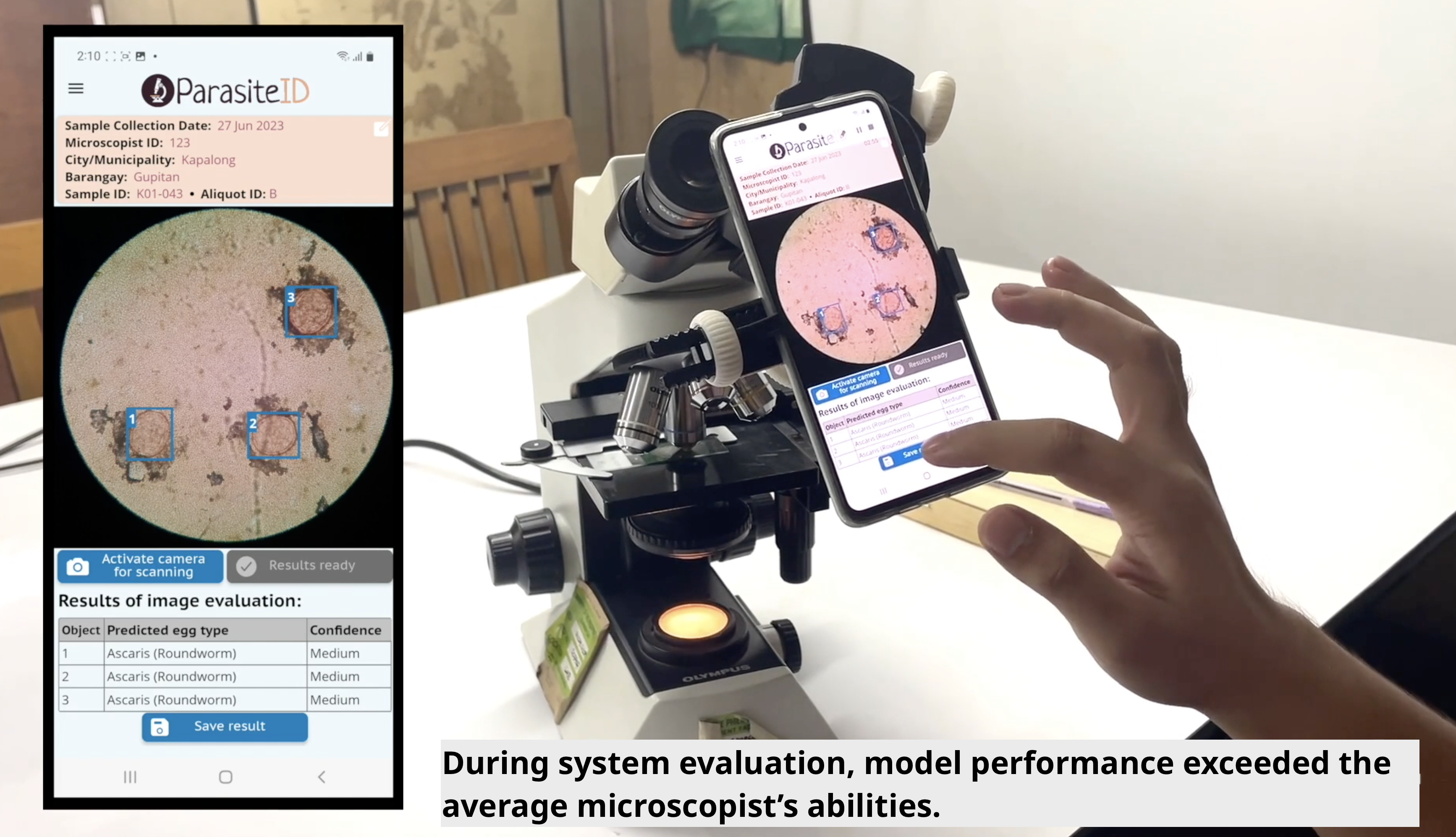
During system evaluation, model performance exceeded the average microscopist's abilities. Importantly, the Parasite ID app works in the absence of internet connection and will function in locations without stable internet. The quantity of each possible soil transmitted helminth or schistosome egg type per sample can be recorded in the app for transmission to cloud databases upon return to stable internet connection.
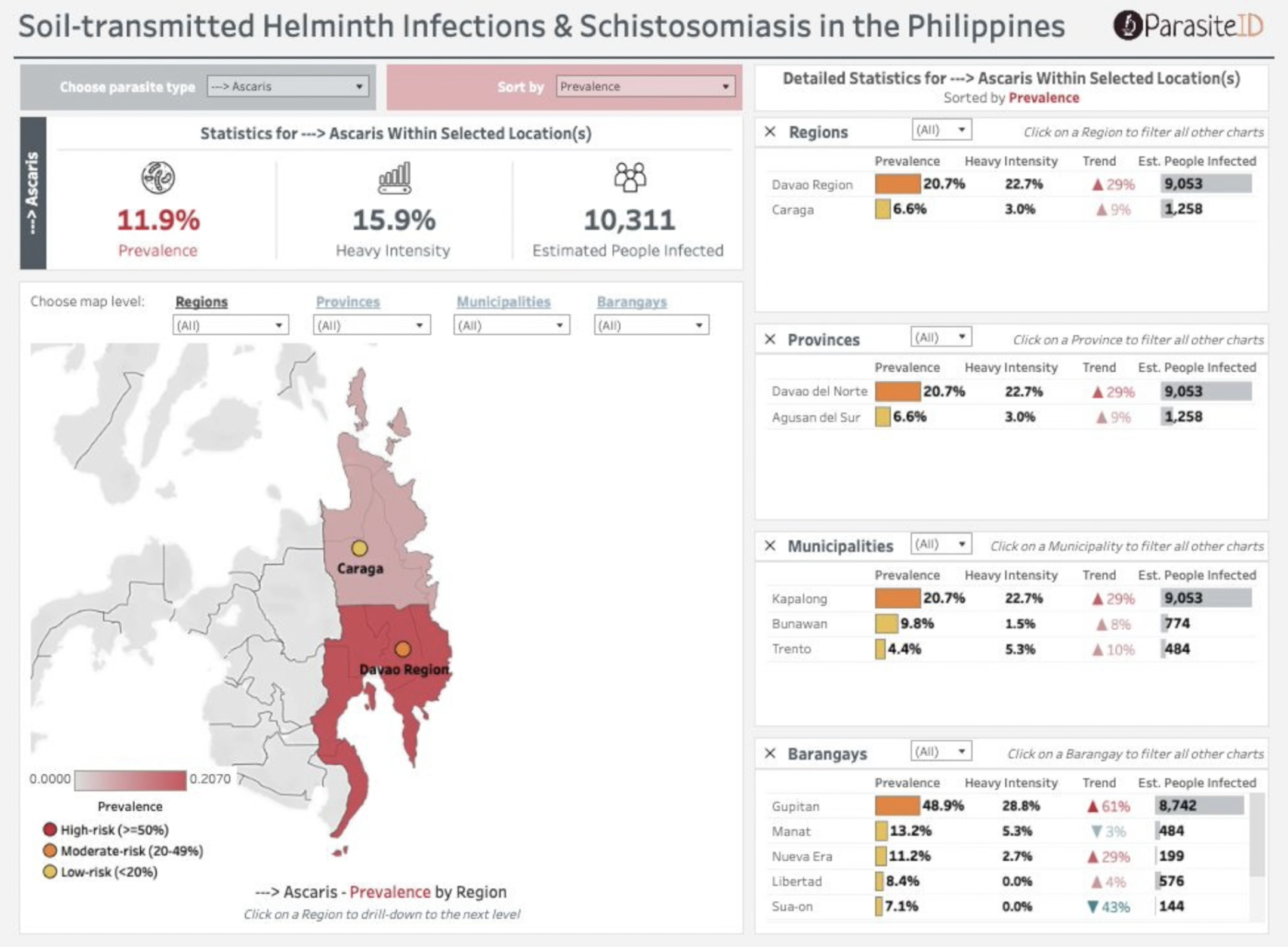
NTD prevalence and intensity of infection data collected from the mobile app can be summarized and made visible to programmatic decision makers via web-accessible dashboards. This automated data pipeline allows accurate and timely data visualization that can empower highly informed decision-making. Unappreciated patterns of infection based on location and time can be revealed. Not only will this enable data-driven programmatic actions, it will also enable assessment of progress toward the goal of NTD control and elimination.
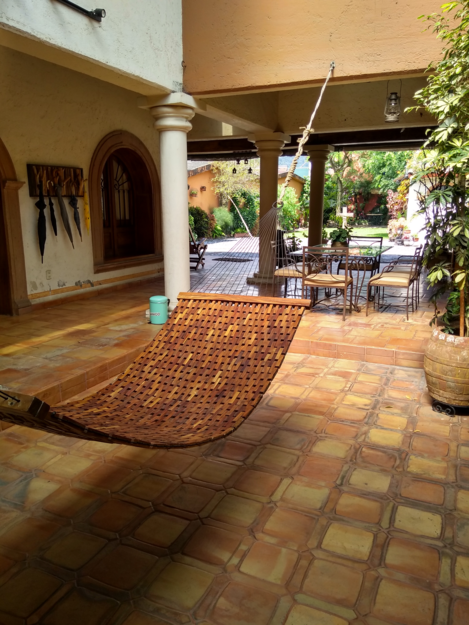 Edited on August 30, 2019. After we had a functional transfer learning model, we were feeling good about Parasite ID....
Read more »
Edited on August 30, 2019. After we had a functional transfer learning model, we were feeling good about Parasite ID....
Read more » Edited on August 24, 2019. Our classification model is ambitious; we felt that it was important to try to classify...
Read more »
Edited on August 24, 2019. Our classification model is ambitious; we felt that it was important to try to classify...
Read more »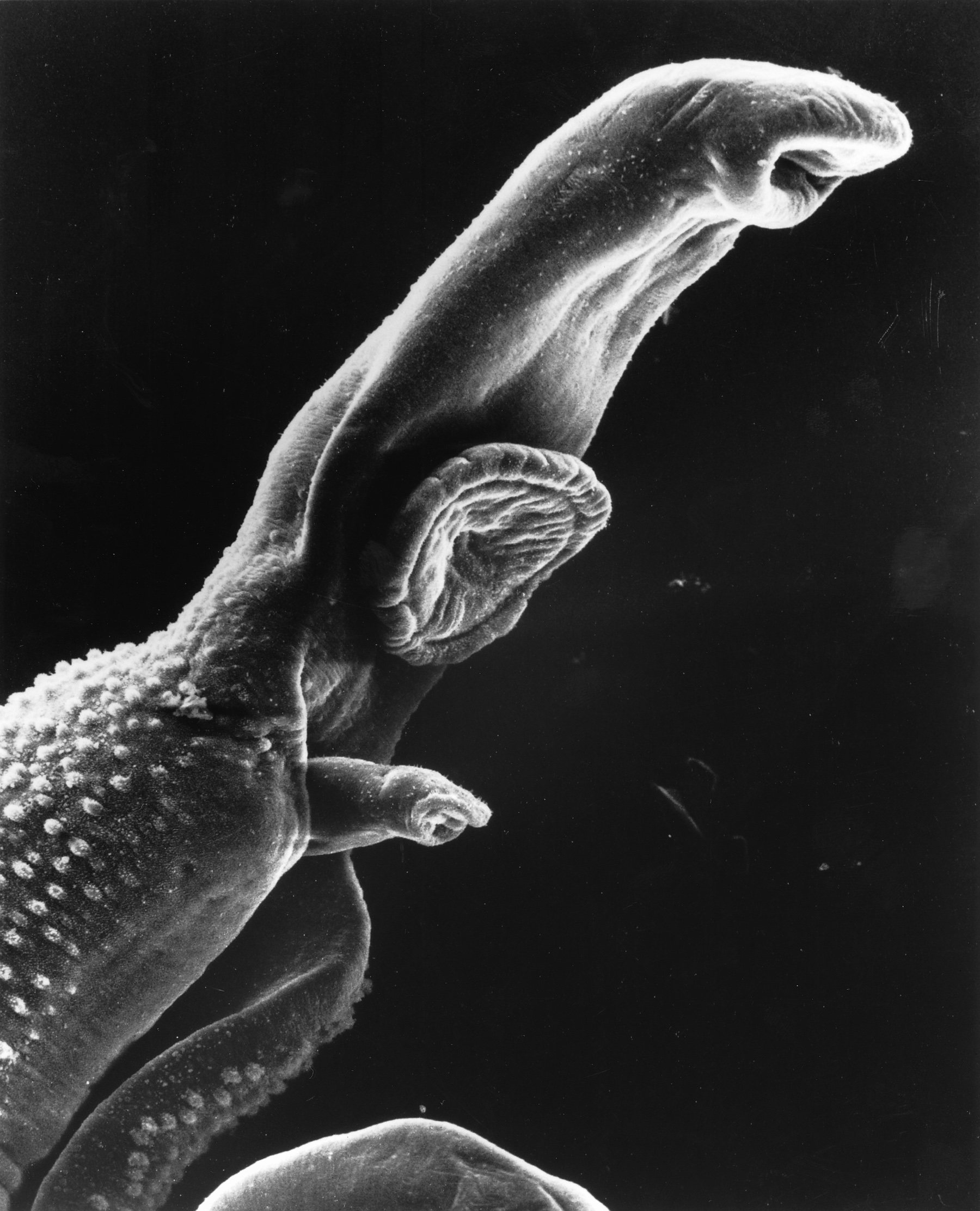 The WHO estimates that over a quarter of the world’s population is infected by soil-transmitted helminths1. By the numbers, schistosomiasis...
Read more »
The WHO estimates that over a quarter of the world’s population is infected by soil-transmitted helminths1. By the numbers, schistosomiasis...
Read more »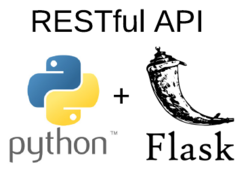 Though AWS Lambda was an elegant solution, it has strict constraints on the size of the code and memory used....
Read more »
Though AWS Lambda was an elegant solution, it has strict constraints on the size of the code and memory used....
Read more »